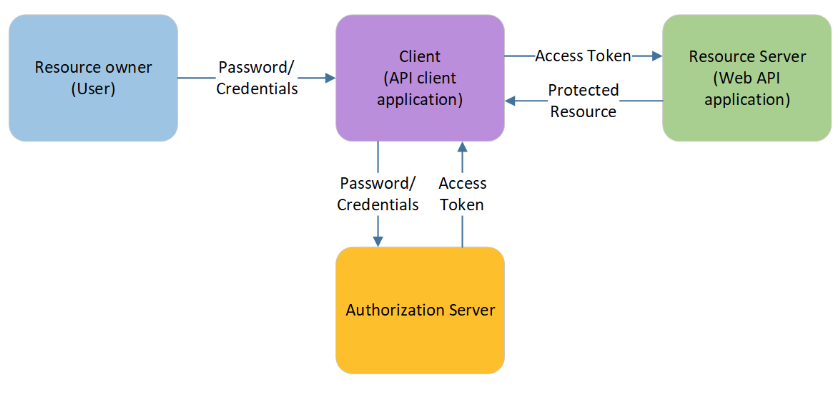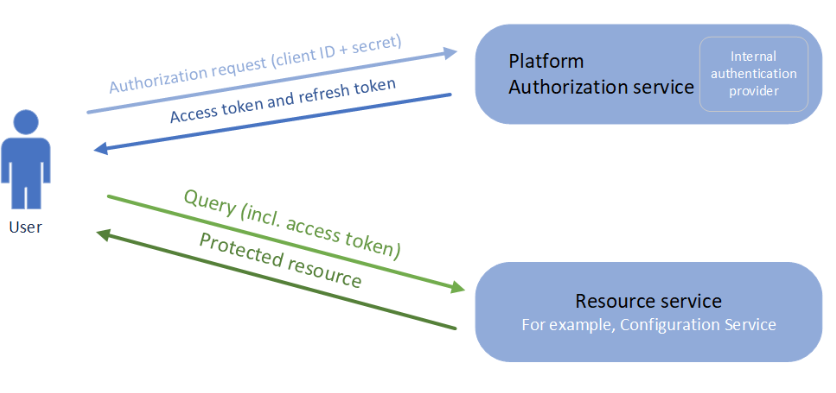For those of us who have historically worked in the area of Intelligent Document Processing (IDP), or Capture as it was simply called before, it is a very pleasant observation that IDP, that has been around for a long time, creates more and more interest in the general CEO discussions and is now seen as an integral part of process optimization.
This is on the one hand due to the rise of AI technologies and the subsequent understanding what can be achieved with algorithms that mimic human understanding. AI having arrived in the mainstream (and even dominating the mainstream discussions) is now generally understood as being capable to perform cognitive tasks that humans perform. We have known and preached this for a long time but it is a good development that our former niche becomes standard.
On the other hand IDP gets more and more integrated into the main business processes. In the past Capture used to be almost always departmental. Capture was only allowed in a (badly lit) corner of an Enterprise mainly because no Capture system was able to fully integrate into Enterprise IT and most importantly comply with all security rules established for enterprises.
This has changed to the better in the past few years. At Skilja we have invested a lot of effort to strictly follow all security requirements so Vinna (our enterprise platform) can become a part of enterprise IT. This means on the one side that during development we are running frequent security screenings and penetrations tests to ensure utmost security for the software. For example Vinna and Skilja Software is Veracode Verified since many years. On the other hand we independently make sure to follow all defined industry standards very closely.
The most important aspect to be allowed to run in an enterprise is authentication and authorization. Typically an enterprise will not (or only grudgingly) allow an application to store user names or passwords outside of their internal identity management software. A platform should not have its own user management. This is a no-go for many customers. Therefore Vinna from the beginning always used roles that then are mapped to users in the enterprise user directory. In Vinna 3.0 still the password needed to be entered by the user and was sent (encrypted) to the authentication backend.
Starting with Vinna 3.1 (released February 2023) the platform uses the OAuth2 protocol for the authorization of users. OAuth2 itself does not directly deal with the authentication of users and clients. Instead the authentication backend is required to grant authorization and thus access. OAuth2 is supported by a lot of backends, namely Microsoft Azure AD and Keycloak. All communication with the backend (Resource Server) is bundled in the Skilja Authorization Server that is used by all Vinna Platform services, Clients and Activities.

Vinna 3.1 provides authentication via different methods:
- Authorization Code Flow with PKCE via a web browser
- User name and password authentication via the password grant flow
- Client authentication via the client credentials grant flow
Authorization Code Flow with PKCE (proof key for code exchange) is the current best practice when logging into any client application because it avoids entrusting a client application with user credentials.
A user that wants to log into a web site is redirected to the log in page of the Skilja Authorization Server. If the user has not yet authenticated itself to the Skilja Authorization Server, they enter a user name or password into the login field. After the credentials have been verified, the user is redirected back to the web site where they started, along with an authorization code. This authorization code is used by the website to exchange it with the Authorization Server for an access token. The authorization code part prevents user credentials to ever be entered into a potentially non-trusted client application. The PKCE part in this flow prevents the access tokens to be passed around in redirect URLs shown in the browsers URL tab, thereby preventing accidental token leakage by copy/pasting the url.

The client credentials grant flow type of authorization as shown above allows to register client credentials with the authorization service, along with claims which each clientId may receive. This type of authorization is intended for machine-to-machine communication and not for typical user interactions. In this flow, a client Id and matching client secret is sent to the authorization service that issues an access token. Once the access token expires, client Id and client secret can be used again to obtain a new access token. Also, in some cases a refresh token is made available that can also be used to acquire a new access token
Overall this new architecture of authorization and authentication allows an enterprise to integrated Vinna and all IDP activities that run within Vinna into their environments, available to all users opening up much more options to use IDP in their processes than if they were separated in their own network.
